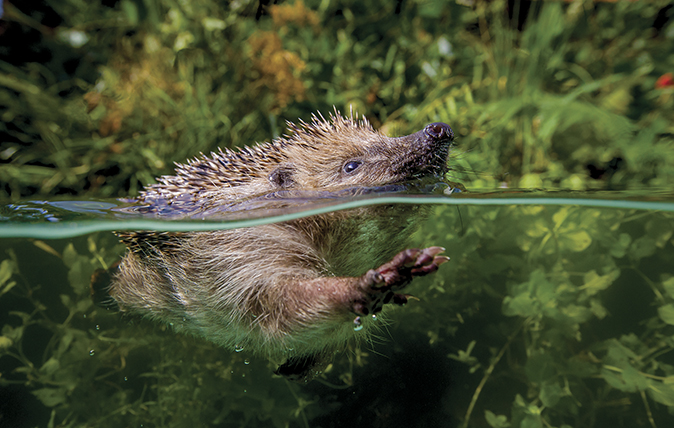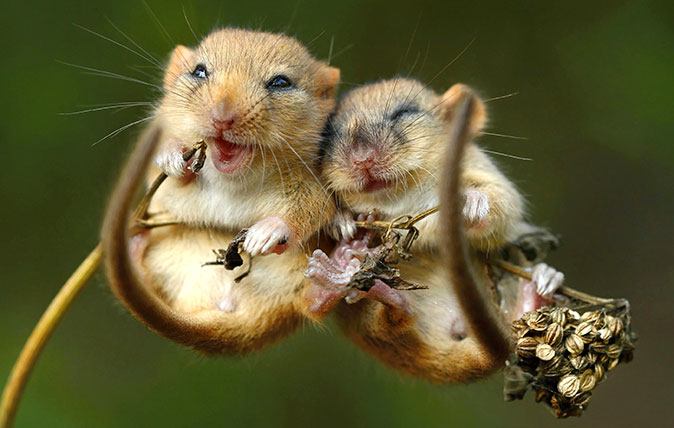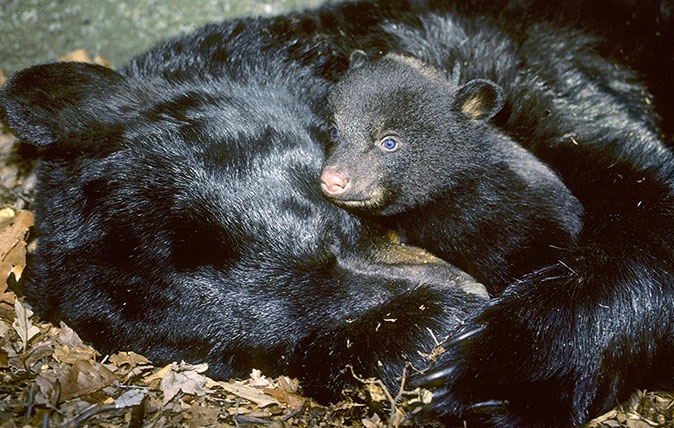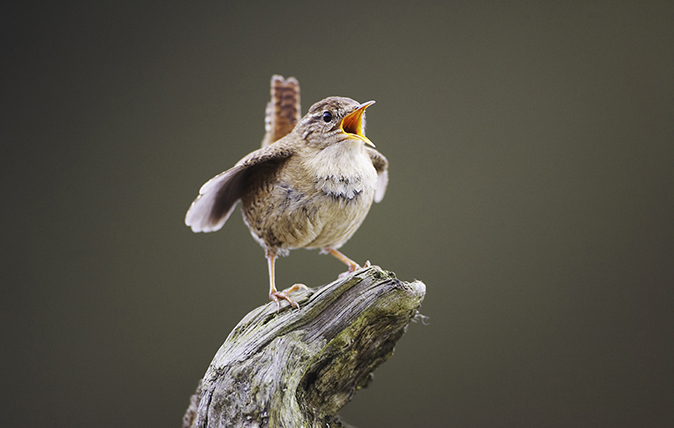The secret life of hedgehogs
With the hedgehog stirring from its winter slumber, David Profumo takes a closer look at the secret life of the so-called British porcupine.


Considering how hard it can be to handle, the hedgehog has a remarkable number of well-wishers who find this fearless, eccentric and rather petulant creature one of our cuter mammals. This month sees Erinaceus europaeus emerging from its winter sleep.
Distributed across the Continent and throughout Russia into China, the so-called British porcupine (it is no relation to that vegetarian rodent) is widespread in Ireland and the United Kingdom, happily ambling its way through deciduous woodland and suburban gardens alike, apparently oblivious to humans. The hedgehog – known until medieval times as an urchin – is solitary except in the breeding season, although the rarely applicable collective noun is an ‘array’.
Old mister pricklepin (the folk names are numerous) has scarcely evolved since the age of the mammoths. He can measure 10in and weigh a couple of pounds, sports a piggy snout, conspicuous ears and has a short tail. His underbody is covered in pale-brown hair, whereas of course the upper part is armoured with about 5,000 spines—highly modified hairs with solid tips, which are the paradigm of hedgehoginess.
His habitual gait may be a clockwork-toy trundle, but, when alarmed, he hoists his skin skirt, revealing surprisingly long legs that can carry him faster than a human’s walking speed.
Zoologists still don’t understand why the porcupig habitually self-anoints its spines with frothy saliva. It may be connected to parasites, for it is notoriously infested with ticks, mites and host-specific fleas. In Gaelic, its name means ‘the horrible one’.
Population numbers have halved in the past 20 years, partly due to habitat degradation, but also the high incidence of roadkill. Protected since 1981, the hedgepig was for centuries designated as vermin – there was a myth it suckled milk from cattle. Gamekeepers also vigorously destroyed them.

When threatened, it curls up into a defensive posture and presents a spiny palisade that is useless against motor cars, but deters some predators. Badgers will eat them and foxes were reputed to urinate on them to make them uncurl. ‘The fox knows many ruses; the hedgehog knows one great one,’ runs the popular apophthegm of the Greek poet Archilochus, which prompted an influential essay by Isaiah Berlin about the creative imagination.
Exquisite houses, the beauty of Nature, and how to get the most from your life, straight to your inbox.
Largely nocturnal and insectivorous, the iddy-oddy shuffles and gruntles in search of beetles, caterpillars, slugs and young birds. Its noctivagations were once thought to be the cause of crop circles. Gardeners approve of their diet, although the traditional saucer of bread and milk may disagree with hedgehogs, despite having strong stomachs said to be able to cope with everything from the blistering Spanish fly beetle to ingested snake venom (they do kill snakes). One specimen in Orpington was observed licking sulphuric acid from a car battery. Medieval bestiaries liked to illustrate the hyrchoune in autumnal orchards, rolling around to impale fallen fruit upon its spines – an allegory of the Devil and his avaricious harvesting of human souls.
The nisbill’s fondness for eggs has made it an unwelcome immigrant to the habitat of ground-nesting birds. A local postman introduced them to the Orkneys, the population on Alderney was rumoured to have come from the Harrods’ pet department and when an official cull by lethal injection was announced in the Uists, celebrity advocates of alternative, humane translocation included, aptly, Sting and Twiggy.
The hedgehog usually leaves its hibernaculum in April and is soon ready for love. With a mixture of wariness and desire, the boar and sow circle one another for ages before copulation, which is facilitated by her flattening her spines and his notably large penis (Terry Pratchett’s witch Nanny Ogg knew a libidinous song about hedgehog sexuality). After a month’s gestation, a litter of four to six blind, pink piglets is born, their soft white spines protected by pimply sacs. They are suckled until 6in long.
Some ancient cultures revered the hedgehog as a symbol of patience and reincarnation, although British folklore frequently represents it as uncanny or ominous. Its modern rehabilitation owes much to Alison Uttley’s Fuzzypeg and Dick King-Smith’s topsy-turvy hodgeheg, though the locus classicus remains Mrs Tiggy-Winkle. Today, wildlife enthusiasts are responsible for ecinacean highways, hospitals and even a series of Olympic Games.
In days of yore, hedgehog hides were used as clothes brushes and dissecting-table pins and the flesh was a popular ingredient in medicines. It has historically been hunted and eaten by Romany peoples, who plastered the hotchi-witchi in clay and roasted it on a pitchfork over harvest fires.
The meat is said to taste like pork, although the rustic poet John Clare reckoned it ‘black and bitter and unsavoury’. However, specialist roadkill chef Arthur Boyt has published a recipe for hedgehog carbonara – porcupig pasta, anyone?

Credit: Caters
Dormice: Britain’s sleepiest, and most charming little creatures
David Profumo takes a look at the lovely little dormouse – a delightful little creature which spends 75 per cent

Credit: Alamy
Hibernation: The animal phenomenon that might just save the human race
For centuries, naturalists pondered how a warm-blooded creature could descend into a near-death winter state and surface unscathed the following

The wren: 8 things you ought to know about Britain's most common bird
It may be diminutive, but the perky-tailed wren has a powerful song and the ancient title of king among birds,
Country Life is unlike any other magazine: the only glossy weekly on the newsstand and the only magazine that has been guest-edited by His Majesty The King not once, but twice. It is a celebration of modern rural life and all its diverse joys and pleasures — that was first published in Queen Victoria's Diamond Jubilee year. Our eclectic mixture of witty and informative content — from the most up-to-date property news and commentary and a coveted glimpse inside some of the UK's best houses and gardens, to gardening, the arts and interior design, written by experts in their field — still cannot be found in print or online, anywhere else.

